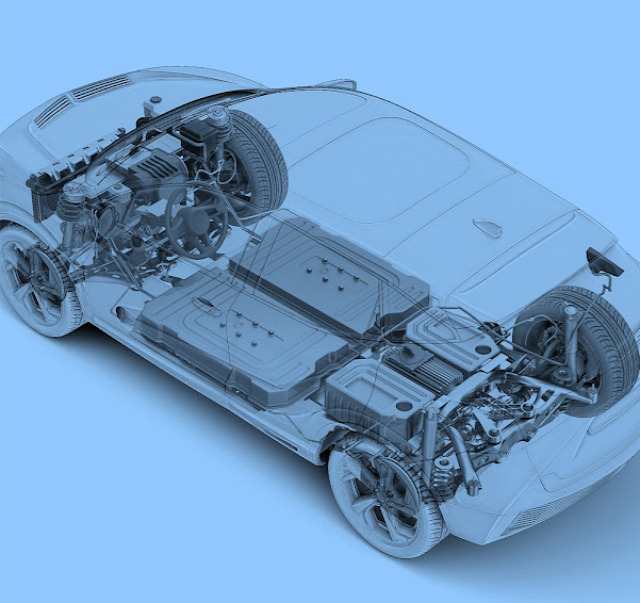
Next-generation automotive lighting is any lighting that has automated or mechanical abilities beyond those of traditional and stationary illumination. Lighting plays a crucial role in the automotive industry, and its applications in the automotive industry are rising rapidly, powered by safety and aesthetics. Rapid technological advancements in the automotive lighting industry demonstrate the transition from traditional light sources such as incandescent and gas-release bulbs to advance technologies such as light-emitting diodes (LEDs), laser technology, and organic light-emitting diodes (OLEDs). The vehicle industry is highly involved in incorporating LED lamps into cars as these lamps use less energy and last longer than halogen and high-intensity discharge (HID) lamps. Additionally, LED lighting is superior to all other lighting systems because of its longevity and efficiency.
The global next-generation automotive lighting market is projected to reach $38.85 billion by 2031 from $12.11 billion in 2022, growing at a CAGR of 13.83% during the forecast period 2022-2031. The growth in the global next-generation automotive lighting market is expected to be driven by technological advancements in automotive lighting systems and increasing sales of luxury vehicles around the world.
LED Segment to Dominate the Next-Generation Automotive Lighting Market Based on Technology Type
LED is the most recent modern development in the field of artificial lighting and is considered the most efficient and eco-friendly light among other lights. LED lights have numerous applications and usage in all major aspects of the functioning of a vehicle, such as front, rear, and interior, and are used both in general and special-purpose lighting applications. The LED light source is one of the fastest-growing segments offering a wide scope of development during the forecast period. Rapid technological developments in the automotive lighting industry have witnessed a radical transformation from simple incandescent and gas discharge-based light sources to light-emitting diodes (LEDs), laser technology, and organic light-emitting diodes (OLEDs). The price of LEDs has reduced drastically in the past decade, and this trend is expected to continue during the forecast period.
China to Witness the Fastest Growth in the Next-Generation Automotive Lighting Market
Due to the existence of significant market players and manufacturers in China, it is expected that the country will dominate the next-generation automotive lighting market. Additionally, the demand for China made automotive lighting components is rising in Europe, Asia-Pacific and Japan, and Rest-of-the-World, which is anticipated to drive market growth. Additionally, the country’s growth potential is brought on by the existence of important automotive players such as BMW, Tesla Inc., and Daimler.
Passenger Vehicles Segment to Occupy the Major Market Share in the Next-Generation Automotive Lighting Market
Passenger vehicles are expected to use up more quantity of automotive lighting as compared to commercial vehicles and electric vehicles owing to their purpose and aesthetics. Generally, passenger vehicles are embellished with advanced ambient lighting and flexible lighting to make them more appealing and enticing to customers purchasing them, whereas, in the case of commercial vehicles, lights that are helpful in functionalities are used.
Request A Free Sample Click Here
Competitive Landscape
Major automotive lighting manufacturers are making various kinds of strategic moves to gain market share. Some key highlights with respect to major manufacturers of next-generation automotive lighting are:
- Marelli Holdings Co., Ltd., HELLA GmbH & Co. KGaA, OSRAM GmbH, Valeo Group, KOITO Manufacturing Co. Ltd., and Hyundai Mobis Co. Ltd. are some of the leading players globally.
- Varroc Group, Magna International Inc., Flex-N-Gate Corporation, DRÄXLMAIER GROUP, J.W. Speaker Corporation, and Stanley Electric Co., Ltd. are some of the emerging companies.
- Product development has been a leading strategy adopted by companies, as it not only increases their revenue but also enhances their product portfolio and increases their product application base.
- Apart from product developments, business expansion, partnerships, collaborations, and joint ventures are some other strategies being implemented in the market.





